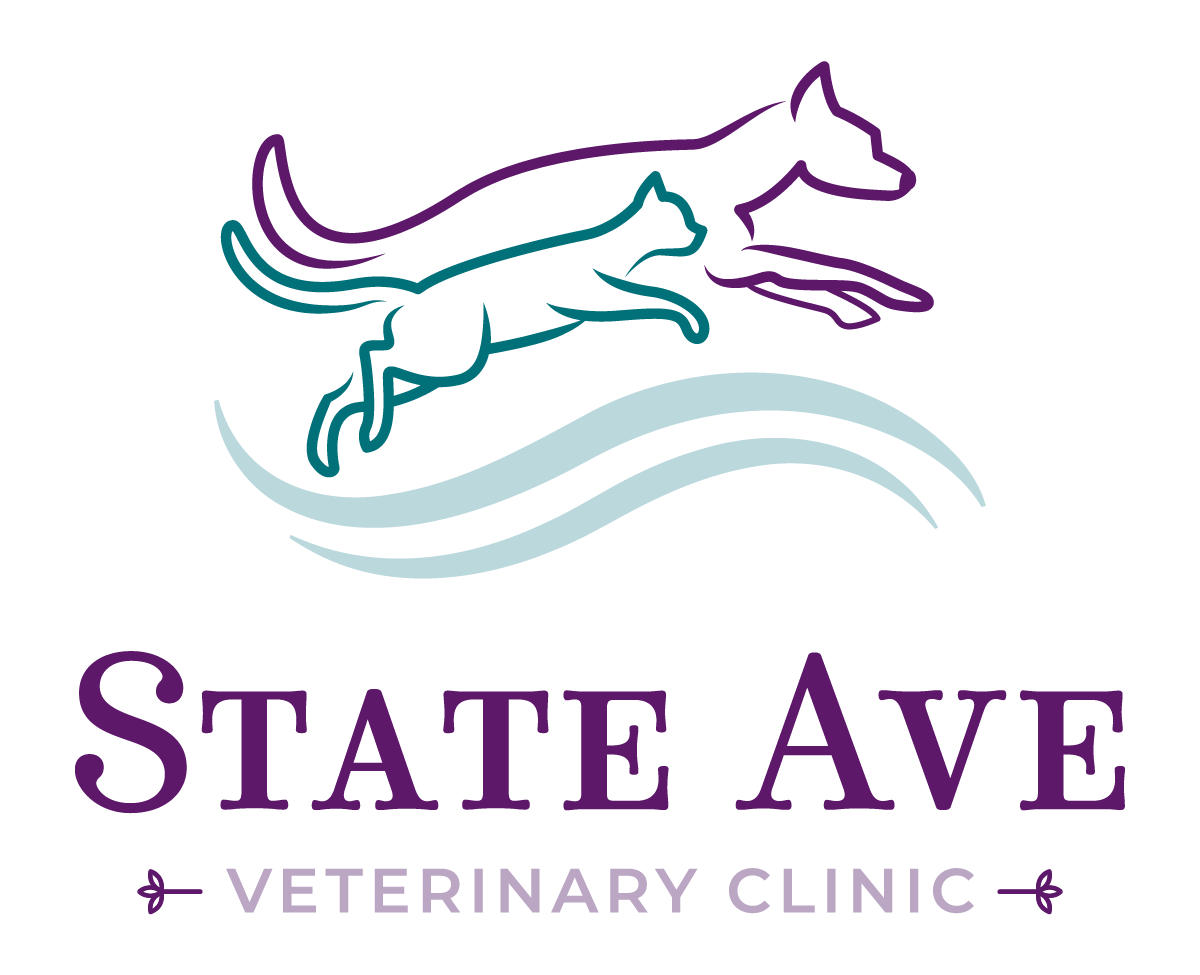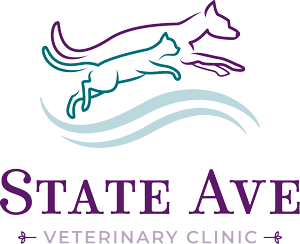




Read More


Read More








FAQ
Yes. We utilize the same level of technology that has become the standard of care in human medicine over the past 25 years.
The visualization and magnification of laparoscopic equipment allows a more precise surgery with ultimately less trauma and pain. Reduced pain may also require less anesthesia during the operation. Plus, multiple smaller incisions have less risk of infection and heal more quickly.
This is one of the biggest benefits of minimally invasive surgery! We recommend 2-3 days of reduced activity. However, they will still need to avoid baths and swimming for 7-14 days.
There is no real benefit in removing the uterus of a young, healthy animal. Initially, it was believed to prevent problems later in life. However, many papers have since refuted this rationale. Malignant uterine cancer is very uncommon in dogs. By simply removing the ovaries, hormones that may cause uterine cancers and infections are eliminated. Laparoscopic procedures are considered minimally invasive because of the much smaller incisions that are made therefore helping decrease healing time, decrease pain, and less importantly smaller scars.

